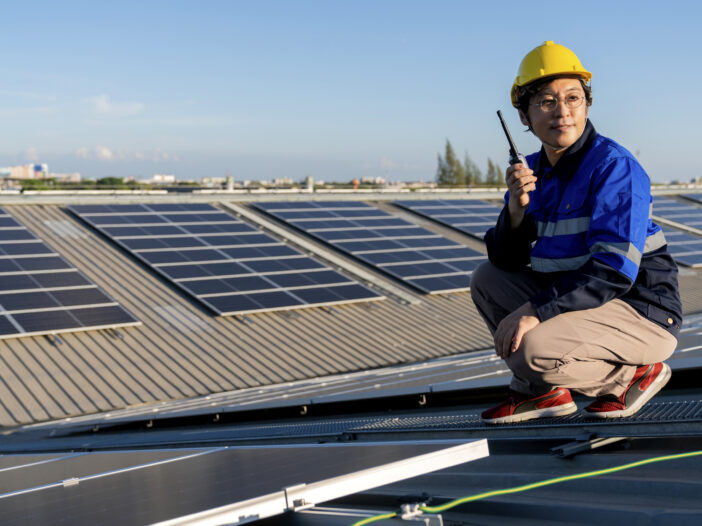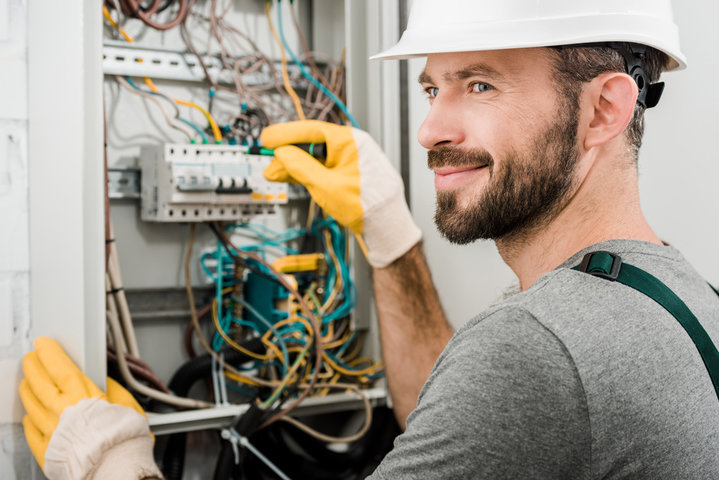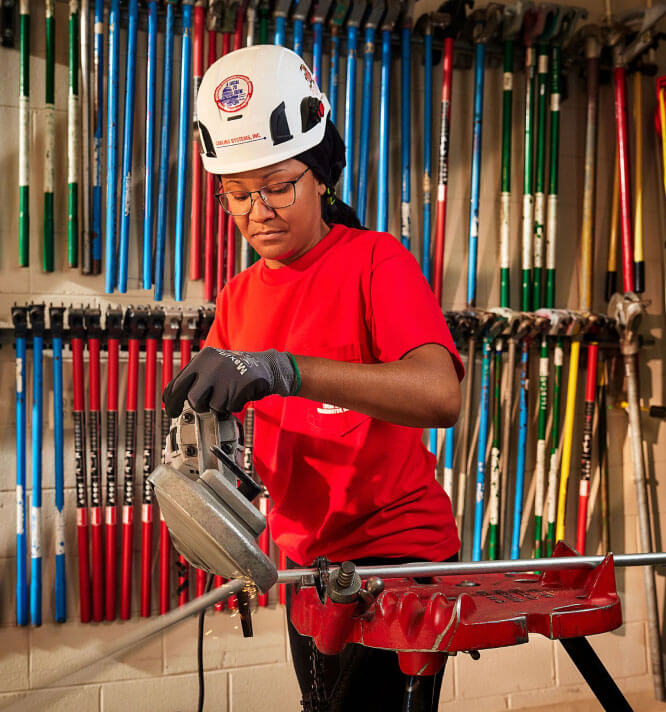
By Michael Mock
Both utility companies and consumers are recognizing that alternatives to producing electricity by burning fossil fuels are increasingly economical as well as planet friendly. This trend is certainly evident in the greater Washington D.C., area where solar projects continue to increase in both size and number.
For example, recently both the General Services Administration and the City of Washington, D.C., announced plans to go forward with major solar projects. GSA plans to solarize 18 Federal buildings in our area and The D.C. Department of General Services plans to boost the city’s total solar generation capacity by roughly 70 percent through the deployment of 11.4 megawatts of solar photovoltaic systems on the roofs and parking lots of 34 District-owned facilities. In addition, traditional power producers such as Dominion Power are also building major solar projects.
This shift can be framed in terms of what economists call a virtuous cycle. In the case of solar, the cycle is driven by the convergence of three factors: Dramatic improvements in energy storage technology coupled with substantial reductions in the cost of storage, which, in turn, create even greater demand, lower costs and increasing efficiency.
As the cycle continues, so too does the need to build and maintain increasingly sophisticated storage systems.
Recognizing both the opportunities and challenges this virtuous cycle brings, the Electrical Training Alliance, the National Science Foundation and a consortium of industry partners have joined together to develop an Energy Storage and Microgrid Training and Certification (ESTMC) program. Collectively, we are developing rigorous curriculum, complete with testing and certification standards to assure the highest standards of system performance and safety.
We will keep our readers updated on this nationwide initiative. In the meantime, let’s celebrate a shifting technology that is good for both our pocketbook and our Mother Earth.




